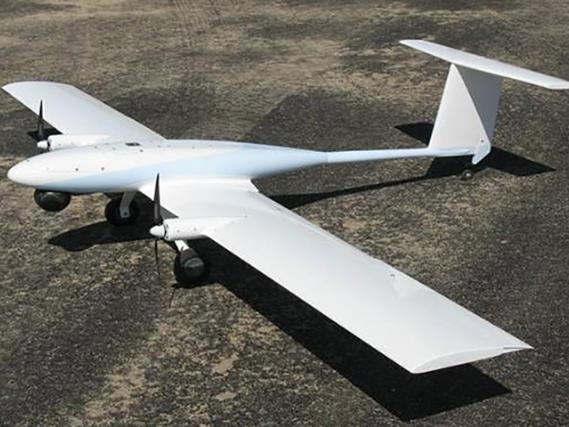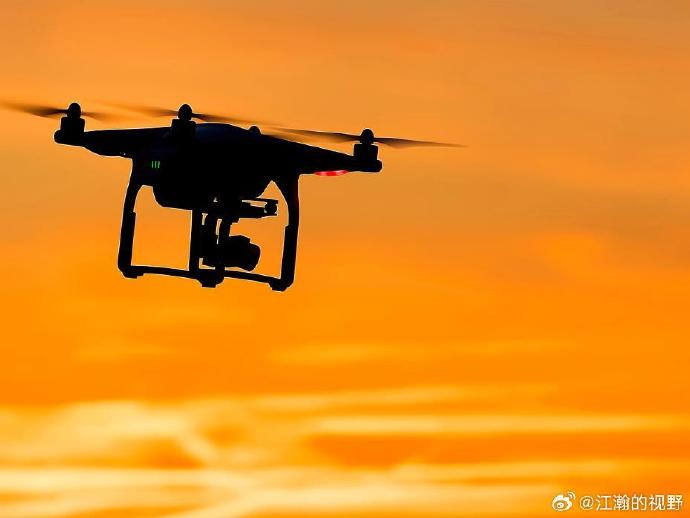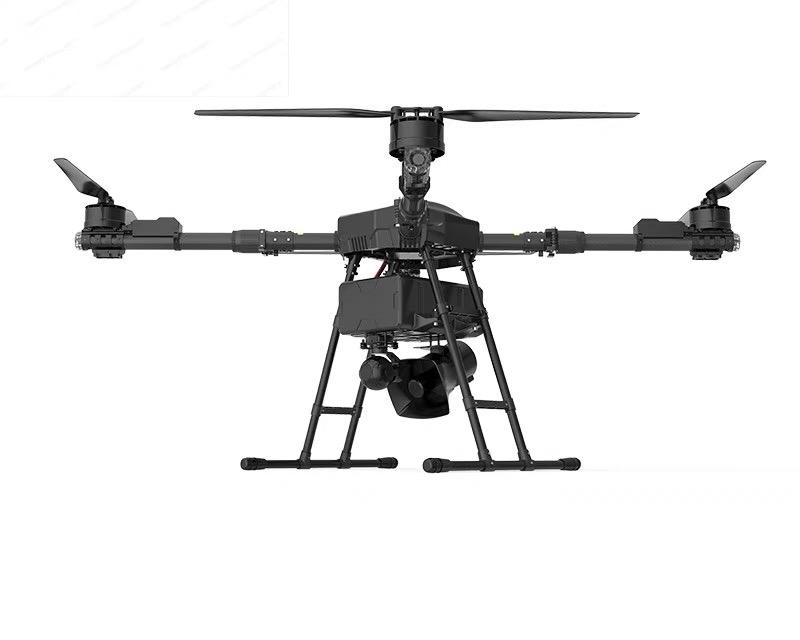In the modern technological age, the term “drone” has become pervasive, but what exactly does it mean? A drone, in its simplest definition, is an unmanned aerial vehicle (UAV) operated either remotely by a human or autonomously via computers and advanced algorithms. These devices are transforming industries globally, becoming essential tools for a variety of sectors. Let’s dive into the origin, definition, and evolving applications that make drones indispensable.
has become pervasive, but what exactly does it mean? A drone, in its simplest definition, is an unmanned aerial vehicle (UAV) operated either remotely by a human or autonomously via computers and advanced algorithms. These devices are transforming industries globally, becoming essential tools for a variety of sectors. Let’s dive into the origin, definition, and evolving applications that make drones indispensable.
The Core Definition of a Drone
The origin of the term “drone” can be traced to the militaristic use of unmanned vehicles, with the name deriving its inspiration from the drone-like buzzing sound many of the earlier models made. However, the modern definition encompasses UAVs of all shapes and sizes, designed for purposes ranging from recreational hobbies to complex industrial tasks. Fundamentally, a drone is any aerial device that operates without a human pilot on board, capable of either manual or autonomous flight.
- Remote Controlled Drones: These require human intervention in terms of navigation and task execution.
- Autonomous Drones: Operating via pre-programmed algorithms and AI, these drones often perform tasks with minimal to no human input.
Moreover, drones can be categorized into multiple types: fixed-wing, rotary-wing, and hybrid drones, each tailored to specific functionalities.
Exploring Modern Applications of Drones
Drones are much more than flying gadgets; they now revolutionize various industries. Some of the core sectors leveraging drone technology include:
Agriculture
Drones in precision agriculture are enhancing productivity by providing farmers with critical data. By employing sensors and cameras, drones can survey large fields, monitor crop health, and even automate seeding or spraying operations, thus reducing human labor and optimizing efficiency.
Delivery Services
Companies like Amazon have piloted drone-based delivery systems to enhance logistical efficiency. With drone delivery, packages can reach customers faster, reducing dependency on traditional transport systems.
Construction and Realty
Using drones in construction adds value by offering real-time progress monitoring, aerial surveying, and high-resolution imaging of worksites. For real estate, drones capture stunning aerial views of properties, providing potential buyers with unrivaled visual experiences.
Disaster Response
Drones are increasingly deployed for disaster management and emergency assistance. Thermal imaging-equipped drones locate survivors during floods or earthquakes, while delivery drones transport essential supplies to inaccessible areas.
Entertainment and Photography
With advancements in drone-mounted cameras, the movie and photography industries have embraced these devices for capturing awe-inspiring aerial shots that were once prohibitively expensive or impossible to achieve.
Future Prospects of Drone Technology
The evolution of drones does not stop here. Innovations in AI and robotics promise an exciting future where drones may even become an integral part of everyday life. From smarter delivery systems to enhanced military applications, this field is ripe with potential.
promise an exciting future where drones may even become an integral part of everyday life. From smarter delivery systems to enhanced military applications, this field is ripe with potential.
The global drone market is projected to grow exponentially, driven by increasing use in industries such as logistics, healthcare, and security.
One of the upcoming trends includes swarming technology, where groups of drones communicate and coordinate effectively for large-scale operations—an essential breakthrough for search-and-rescue missions or military applications.
Benefits and Challenges of Drone Usage
While drones bring numerous advantages, such as cost-effectiveness, flexibility, and reduced human risk, they also present challenges. Privacy concerns, regulatory hurdles, and potential misuse are significant issues that need to be addressed responsibly. Governments worldwide are implementing stricter drone policies to mitigate risks while ensuring safe integration into urban areas.
Common Questions
Q1: Are drones safe to use in populated areas?
Answer: While drones are designed with advanced safety features, flying in highly populated areas generally requires adhering to local regulations and employing safety measures to minimize risks.
Q2: Can anyone own and operate a drone?
Answer: This depends on the country. In many nations, operators need to obtain licenses or permits, especially for commercial use.
Q3: How do drones communicate with their controllers?
Answer: Drones typically rely on radio frequencies, Wi-Fi, or satellite connections for effective communication and control.

